Navigating the care of longhaired cats often involves a battle against matting, a common and uncomfortable issue for these elegant creatures. Ensuring a cat’s fur remains free from mats not only contributes to their majestic appearance but also to their overall well-being. This guide introduces a series of strategic hacks to prevent your longhaired cat’s fur from matting, combining practical grooming advice with preventative measures. By following these tips, you can help your cat maintain a silky, mat-free coat that’s as healthy as it is beautiful.
The Anatomy Of Longhaired Cat Fur
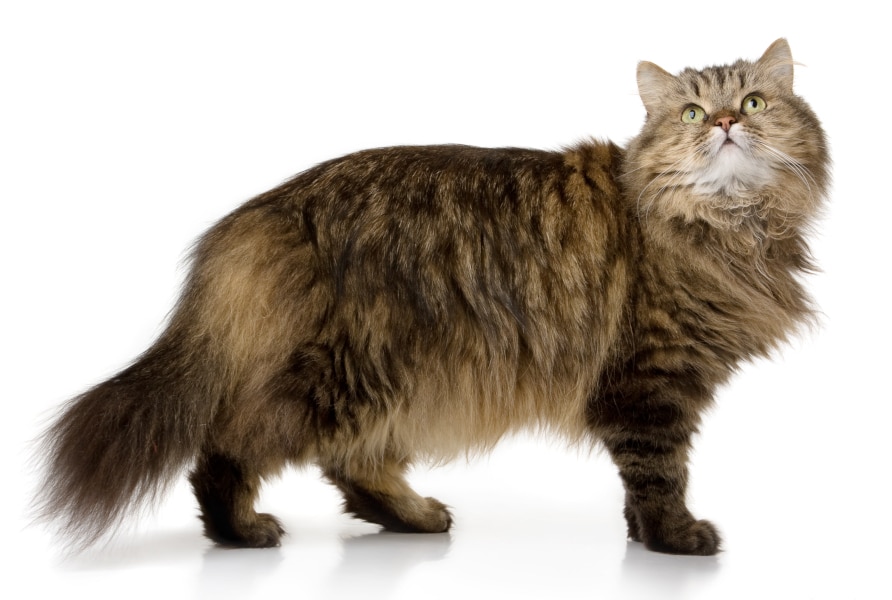
Longhaired cats boast a distinctive coat that requires special attention. Their fur consists of a top layer known as the guard hair, a middle layer called the awn hair, and a bottom layer known as the down hair. Each layer plays a crucial role in insulation and protection, but they also create a propensity for tangles and mats. Understanding the dynamics of these layers is fundamental to maintaining a mat-free coat. Mats often form when loose hairs intertwine with the living hairs, creating tight knots that are difficult to remove and can pull on the skin uncomfortably.
To prevent matting, it’s essential to recognize the signs early. Mats tend to start at areas of high friction, such as under the legs, around the collar, or behind the ears. These areas are prone to matting due to movement and the rubbing of the fur against itself or other surfaces. Early detection and prompt grooming can keep these initial tangles from developing into larger, more painful mats. Regular inspection of these common trouble spots will go a long way in maintaining your cat’s coat health.
Regular Grooming Techniques

The cornerstone of preventing matting in longhaired cats is a consistent grooming routine. Brushing your cat’s fur not only removes loose hairs that can contribute to mats but also distributes natural oils throughout the coat, keeping it healthy and less prone to knotting. The type of brush used can make a significant difference; slicker brushes, long-toothed combs, and dematting tools are all beneficial for longhaired breeds. Each tool has a specific purpose, from detangling to smoothing the coat, and should be used with care to avoid pulling the skin.
When grooming, it’s essential to be gentle and patient. Start at the head and work your way down the body, paying special attention to those mat-prone areas. Use long, smooth strokes to work through the fur, and take the time to untangle knots with your fingers before attempting to brush them out. This method not only prevents mats from forming but also turns grooming into a bonding experience for you and your cat. Regular grooming sessions keep the coat in pristine condition and allow you to monitor your cat’s skin health and catch any potential issues early.
Nutrition For A Healthy Coat
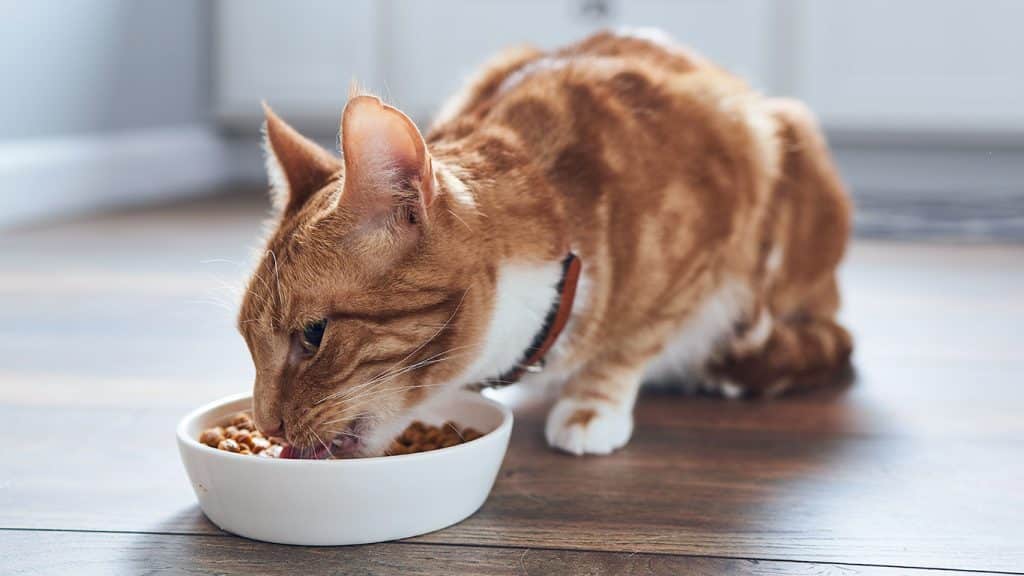
A lustrous coat begins on the inside. The right balance of nutrients is vital for maintaining the health and vitality of your longhaired cat’s fur. Omega-3 and Omega-6 fatty acids, found in fish oils and flaxseeds, are particularly important for a shiny, strong coat. These essential fatty acids help to prevent dry skin, which can exacerbate matting and tangling. Including a well-balanced diet rich in these nutrients can significantly impact the condition of your cat’s fur.
In addition to fatty acids, vitamins and minerals play a pivotal role in coat health. Vitamin E supports skin health, while B vitamins can improve hair strength and texture. It’s crucial to choose a high-quality cat food that includes these nutrients or consider supplements if recommended by your veterinarian. However, just be wary of overfeeding, as obesity can make grooming difficult for cats, leading to neglected spots that are prone to matting. A healthy diet not only supports a mat-free coat but also contributes to overall well-being.
Mat Prevention Sprays And Solutions
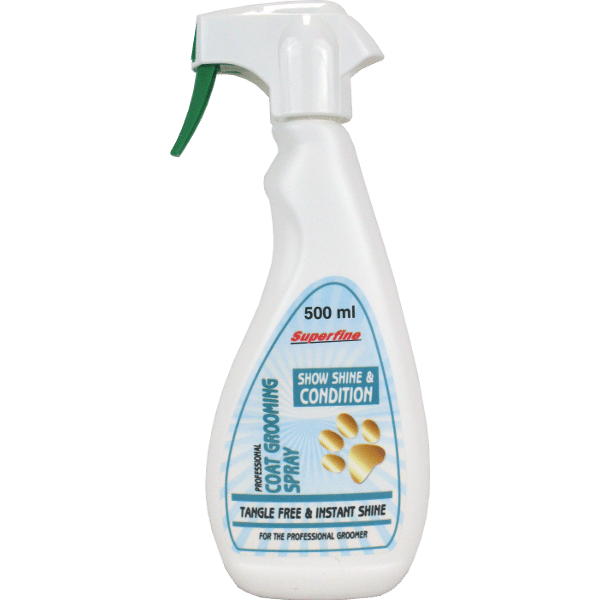
In addition to mechanical grooming, there are various sprays and solutions designed to prevent mats from forming. These products can help to detangle fur and make brushing a smoother process. They typically contain conditioning agents that coat the hair shaft, making it more slippery and less likely to knot. When selecting a mat prevention spray, look for ones that are free of harmful chemicals and safe for cats to ingest during grooming.
For those who prefer a more natural approach, homemade solutions using ingredients like aloe vera or diluted conditioner can provide similar benefits. These mixtures can be sprayed onto the cat’s coat before grooming to help loosen tangles and prevent new mats from forming. Just be sure to thoroughly comb the product through the fur to ensure even distribution. Whether you choose a commercial product or a homemade concoction, these solutions can be an excellent addition to your grooming arsenal.
Creating A Mat-Free Environment
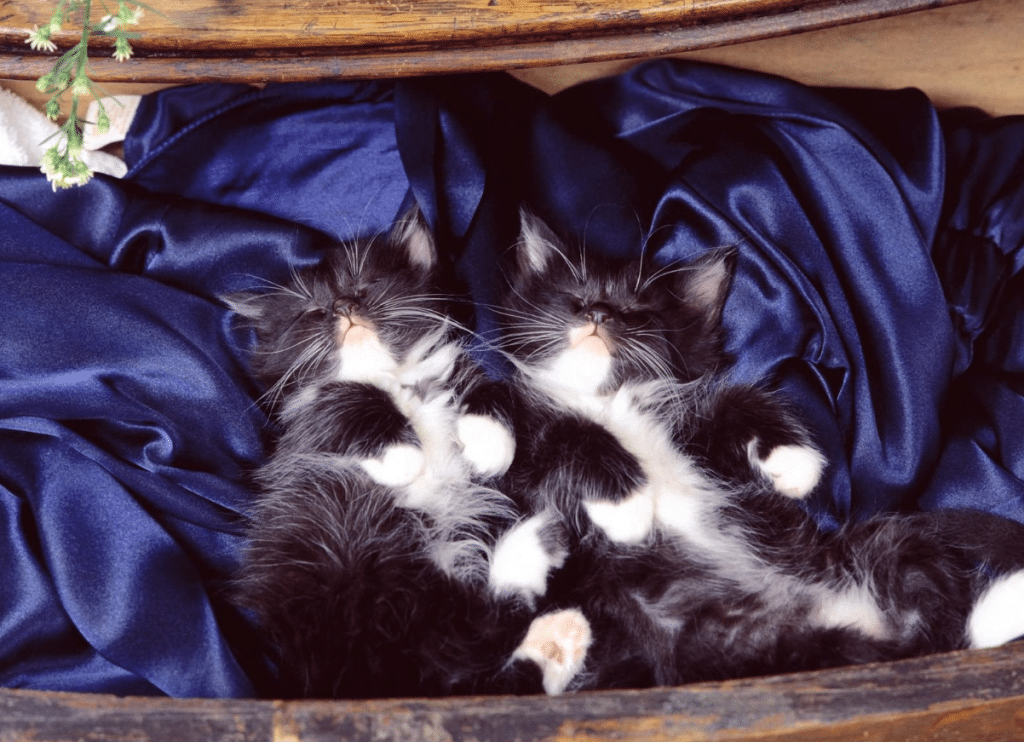
A cat’s living environment can significantly influence the condition of its fur. Cats often prefer cozy spots for lounging, and these areas can contribute to fur matting if not properly managed. Opt for cat beds and resting spaces that are smooth and made of silk or satin-like fabrics, as these materials are less likely to catch and pull at the fur. Additionally, regular cleaning of these areas to remove excess hair can prevent the loose fur from tangling into the coat, which is a common precursor to matting.
The humidity and temperature of your home also play a role in the health of your cat’s coat. High humidity can cause the fur to become limp and more prone to knotting, while low humidity may lead to static and tangling. Using a dehumidifier or humidifier to maintain a balanced environment can make a significant difference. Regularly grooming your cat in their favorite resting spots can also help them associate these areas with positive experiences, further encouraging self-grooming and reducing the risk of mat formation.
Safe Mat Removal

When mats do form, it’s crucial to address them promptly and safely to avoid discomfort or injury to your cat. Begin by isolating the mat and applying a specialized cat-safe detangling spray to soften it. Gently tease the mat apart with your fingers, working from the outer edges inward, and avoid pulling on the skin. If the mat does not come apart easily, you may use a mat splitter or a dematting comb, carefully sliding it under the mat and cutting away from the skin.
For mats that are close to the skin or particularly stubborn, it may be best to seek professional help rather than risking harm to your cat. Never use scissors to remove a mat, as it’s too easy to misjudge the distance from the skin and cause an injury. Regularly checking your cat’s coat, especially in areas where mats commonly form, can help you catch and address them before they become severe. Remember, patience and gentle handling are key when dealing with mats to keep the experience as stress-free as possible for your feline friend.
When To Consult A Professional Groomer
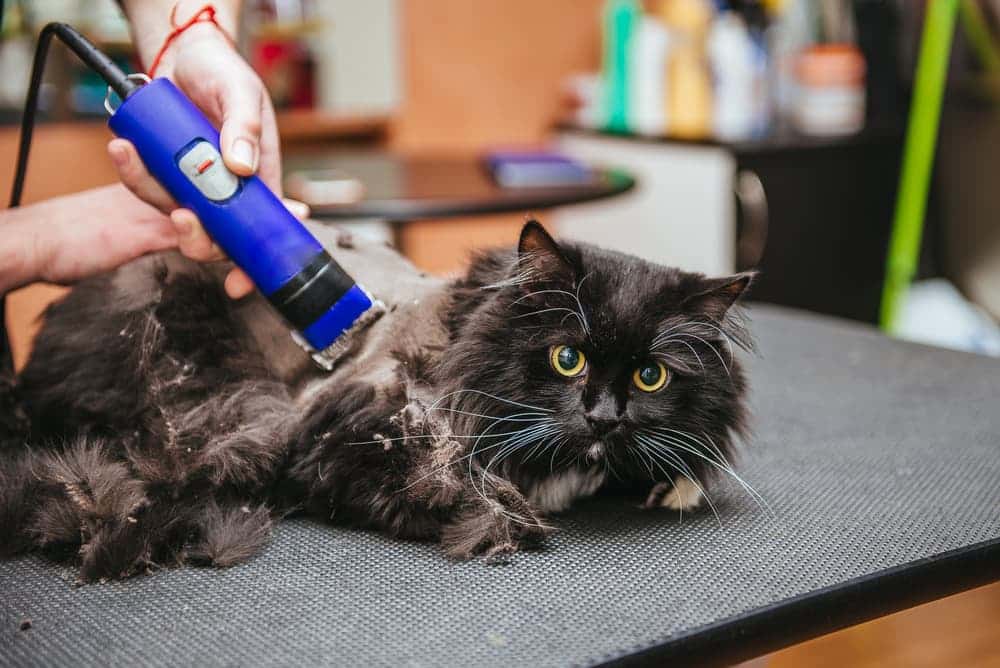
There are times when the expertise of a professional groomer is invaluable, especially for cats with dense or particularly long fur. Recognizing when professional help is needed is crucial for the well-being of your cat. If you encounter mats that are too tight to remove, skin irritation, or if your cat becomes excessively stressed during grooming, these are all signs that it’s time to call in a professional. Professional groomers have the tools and knowledge to handle challenging grooming situations safely.
In addition to dealing with mats, professional groomers can provide a thorough cleaning, nail trimming, and ear care, all of which are part of maintaining your cat’s overall health. They can also offer advice on grooming techniques and products tailored to your cat’s specific coat type. Establishing a regular grooming schedule with a professional can prevent matting issues before they start and can be a worthwhile investment in your longhaired cat’s health and comfort.
Ensure Your Longhaired Cat Remains Mat-Free!
In the quest to maintain the splendor of your longhaired cat’s fur, consistent care is key. By integrating the hacks provided, from nutrition to play, you can significantly reduce the risk of matting. Remember, the comfort and health of your feline companion are in your hands. Take action today, establish a grooming routine, and watch as your cat’s coat transforms into a flowing, mat-free marvel that’s as joyous to touch as it is for them to wear.